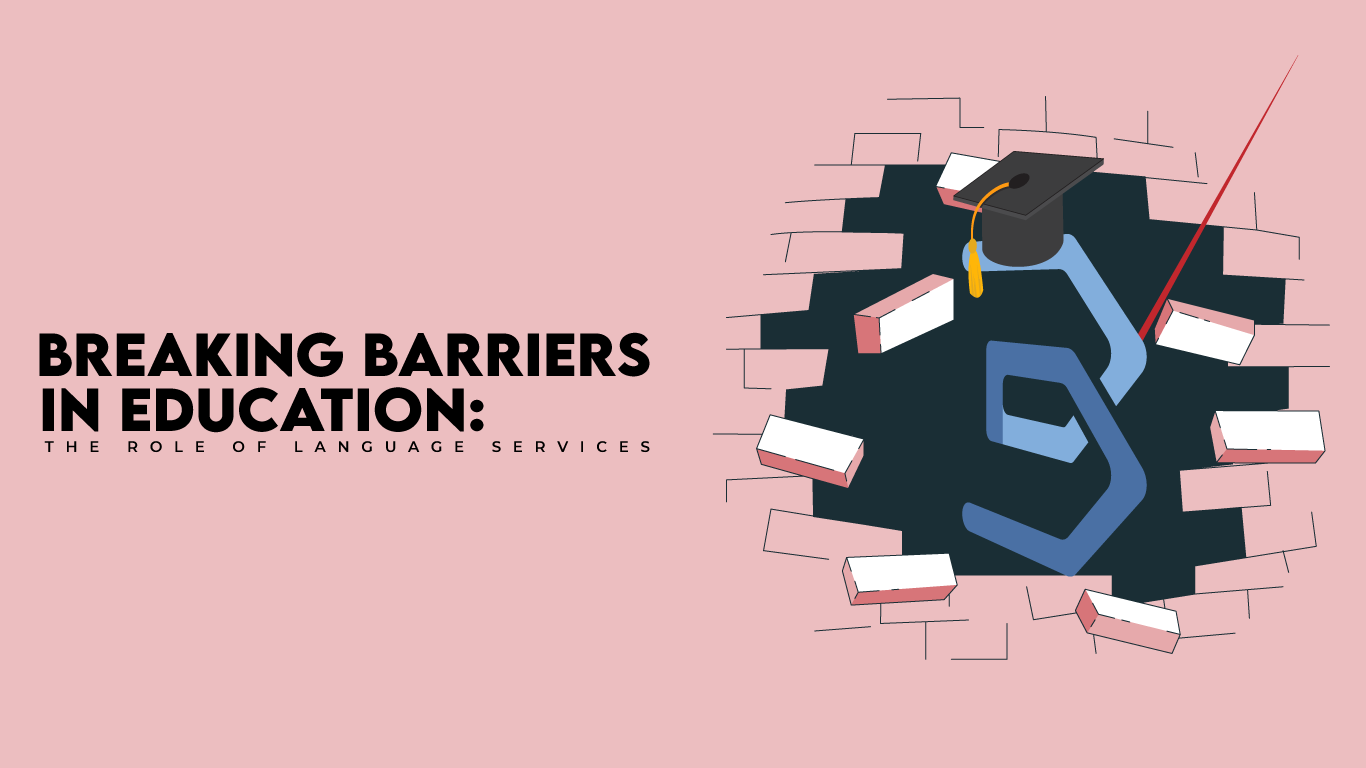Education is meant to be a gateway to opportunity, yet for millions of students with limited English proficiency (LEP), language barriers can turn that gateway into a locked door. In an increasingly multilingual world, schools must recognize the critical role of language services in ensuring that every student has equal access to learning. From professional interpretation to translation services, like Barbier International, breaking language barriers in education is not just a necessity—it’s a commitment to equity, inclusion, and success.
The Reality of Language Barriers in Education
Barbier is run by former public educators and they know first hand that teaching anything is difficult enough. Adding language barriers makes it exponentially harder. Imagine being a student in a classroom where you don’t understand the teacher, the textbooks, or even the instructions on an exam. For over 5 million LEP students in the U.S. alone, this isn’t a hypothetical scenario—it’s their daily reality. Language barriers affect everything from academic performance to social integration, often leaving students and their families feeling disconnected from the educational system.
Parents who struggle with English face similar challenges. Without translated materials or interpretation services, they may be unable to engage in parent-teacher conferences, understand school policies, or advocate for their child’s education. This disconnect can have long-term consequences, impacting student success and overall school performance. Barbier has been a key partner to various school districts in the United States and abroad to deliver equitable services through translation and interpretation, as well as language assessments.
The Power of Language Services in Schools
Language services—interpreting, translation, and bilingual support—are the bridge that connects students, teachers, and families. Here’s how they make a difference:
✅ Improving Student Comprehension and Confidence
Professional interpreters help students understand lessons in real-time, reducing frustration and improving engagement. When students can process information in their native language, they retain knowledge better and gain the confidence to participate.
✅ Enhancing Parent-Teacher Communication
Schools that provide interpretation for parent-teacher meetings and translate key documents (such as report cards, IEPs, and school policies) create a more inclusive environment where families feel heard and involved.
✅ Supporting Educators in Multilingual Classrooms
Teachers often lack the training or resources to support non-English-speaking students effectively. Access to translation services, bilingual aides, and multilingual digital tools allows educators to focus on teaching instead of struggling to bridge language gaps.
✅ Ensuring Compliance with Legal Requirements
Schools are legally required under Title VI of the Civil Rights Act to provide meaningful language access to LEP students and families. Failing to do so can result in discrimination claims and lost funding opportunities.
The Road Ahead: Investing in Language Access for a Better Future
Breaking language barriers in education isn’t just about compliance—it’s about creating a fair and effective learning environment for all students. More than every, investing in language services means investing in student success, parental involvement, and a stronger, more inclusive educational system.
Barbier assert that all schools must prioritize:
🔹 Expanding access to professional interpreters and translators
🔹 Training teachers to work effectively in multilingual environments
🔹 Leveraging technology for real-time translation and language support
🔹 Advocating for policies that promote language equity in education
We believe that no student should be left behind or struggle due to language barriers. By embracing language services, schools can transform education into a truly inclusive experience where every child—regardless of their linguistic background—has the opportunity to thrive.
Is your school doing enough to support multilingual students? Let’s continue the conversation. Share your thoughts below!


Leave a Reply